I recently returned from Scotland, having fulfilled a five-year quest to photograph all of Britain’s native breeding butterflies, dragonflies and damselflies. Despite some truly atrocious weather I brought back the precious final pictures of the elusive northern species – the northern damselfly, the northern emerald dragonfly and the azure hawker dragonfly. I also brought back a bad case of Covid-19, which, being a generous type, I promptly gave to my wife. As you can imagine, nipping off for a private 10-day holiday while my wife worked and then bringing back a tin of Scottish shortbread and a really nasty illness means I’m in the doghouse for the foreseeable future.
But at least I’d completed my quest. When I finally felt well enough again to sit at a computer, I built the two photos below.
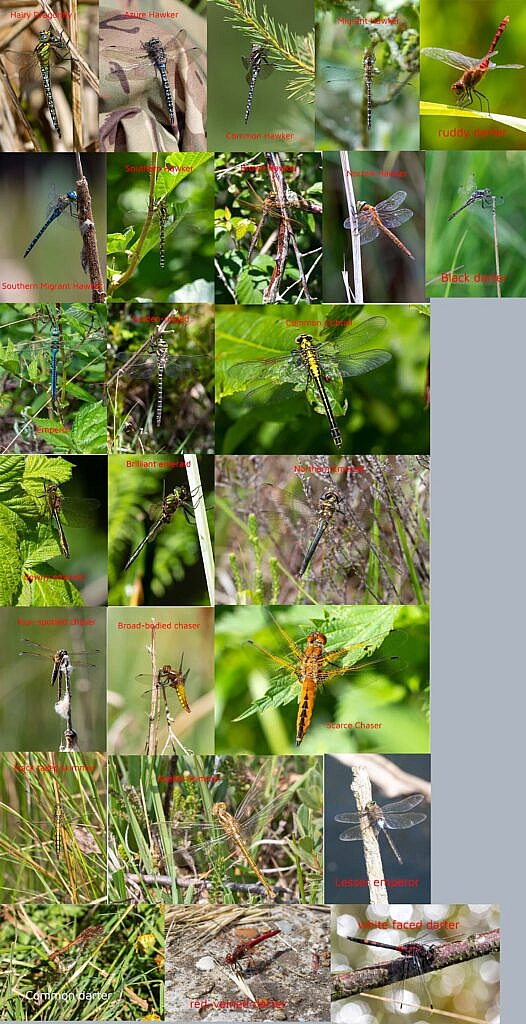
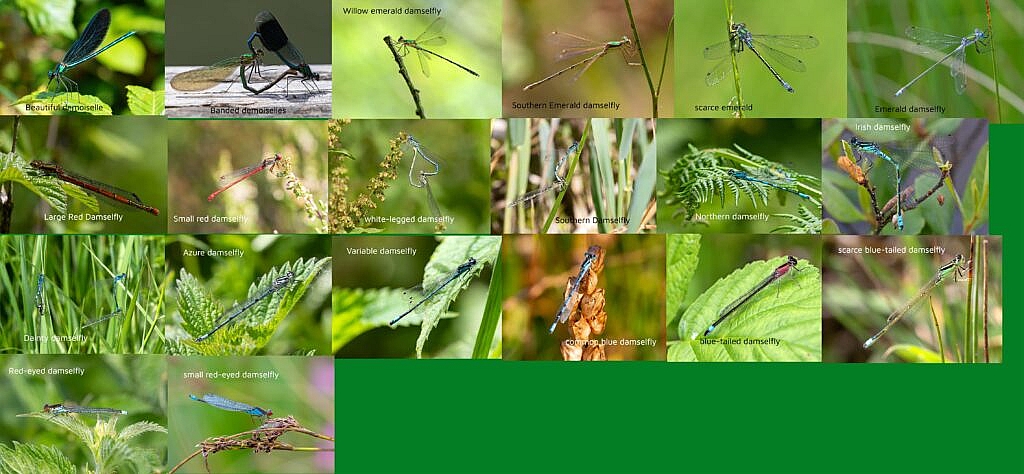
But my sense of triumph was short-lived. Very short-lived, as just a few days ago, someone in my town posted a picture of two “lesser emperor” dragonflies egg-laying at a nearby lake. First seen in Britain in 1996, the lesser emperor is not considered a British native, but rather a ‘vagrant’; a species which occasionally pops over from the continent. And very rarely, it has a go at breeding here. Aided by the recent plume of hot air driving up from from Europe, several of these lesser emperor dragonflies have arrived, and breeding has been seen this year on more than just my local lake. It remains to be seen if the breeding will be successful and the eggs hatch and survive, but there are suggestions that the lesser emperor may be trying harder to establish itself than in times past. This is how new species – at least, those which can fly – get started in Britain. It’s a sign of our changing climate that new species start to establish footholds in the south, just as our northern species, adapted to a colder climate, are losing their territory in the north. Who is to say what our wildlife may look like in a century’s time? Indeed, dragonfly enthusiasts in Scotland are enjoying themselves, as while I had to journey the length of the country to see their species, all they have to do is hang around and wait as many of the southern species march steadily northwards.
But the widespread breeding meant that the lesser emperor really belonged on my list. If there is something more galling than having the triumphal end of many years of hard work last just a few days, I don’t know what it is. So this weekend I went to the lake on a nature reserve where the lesser emperor had been seen. Although it wasn’t planned, I found myself in the company of the Wiltshire County recorder for dragonflies, the nature reserve manager, and one of Britain’s foremost dragonfly experts. It was sunny and my hopes were high that my quest might be successful again. We stood, watched, and waited. The lesser emperor is a large dragonfly best identified by the bright blue ‘saddle’ on the male’s second and third abdominal segments (the female is similar but the colours are more muted) and I kept swivelling my head from left to right, like a spectator at a tennis match, looking for any hint of it. I did manage one brief glimpse of the dragonfly, but then the sun went in, and so did the lesser emperor. As cold and grey weather swept in, the dragonflies all packed up and went home. So, in the end, did I.
The forecast for the following day was for thick cloud and heavy rain. But British weather forecasts being what they are, the afternoon became sunny. I persuaded my wife that she could do with some fresh air after being copped up for weeks with covid, and since we were both now testing negative for several days, bribed her with an offer of tea and cake to come out. We’ve been married some time and my wife immediately knew what I was up to, but agreed we could go. We arrived at the lake – and barely five seconds later, there it was: the lesser emperor, in all its blue-bottomed glory. It was a particularly feisty one, as well. It’s an article of faith amongst dragonfly enthusiasts (and most reference books) that the lesser emperor gets chased away by its slightly bigger and stronger cousin, the emperor. This lesser emperor clearly hadn’t read the book. It had probably hopped over the channel from central or Southern France, so it was Agincourt all over again as this French dragonfly rounded on its British rivals. But this time the French took the honours as the lesser emperor beat up everything in sight. And then, finally, after an exhausting hour watching it zip around without ever pausing to catch its breath, it settled – for all of ten seconds, right in front of me, gifting me the picture below. So there you have it. I have seen and photographed the lesser emperor, and my quest is now complete again.
Except I did hear a rumour about another dragonfly that may have started breeding in Cornwa- What was that, my love?
Oh.
Does anyone have room on their sofa?
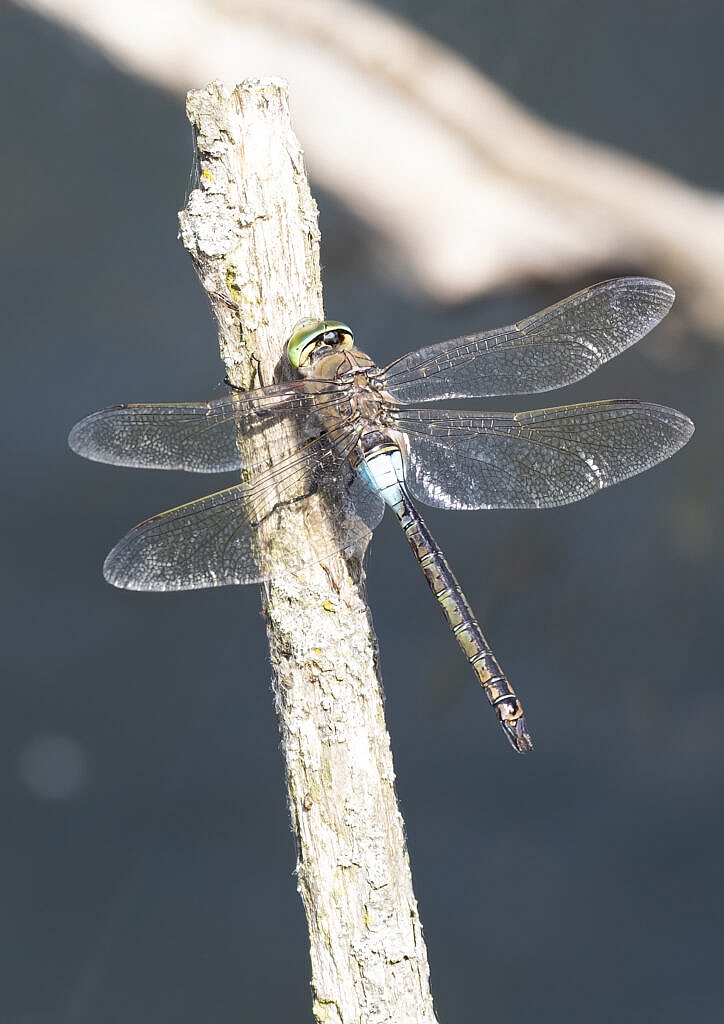
[Update: Thanks to those who pointed out that I’d managed to leave all the darters off my dragonfly photo. Welcome to covid ‘brain fog’! I have now added these. Still absent for some are the vagrant emperor and the yellow-winged darter, neither of which is established as a regular UK breeding species]


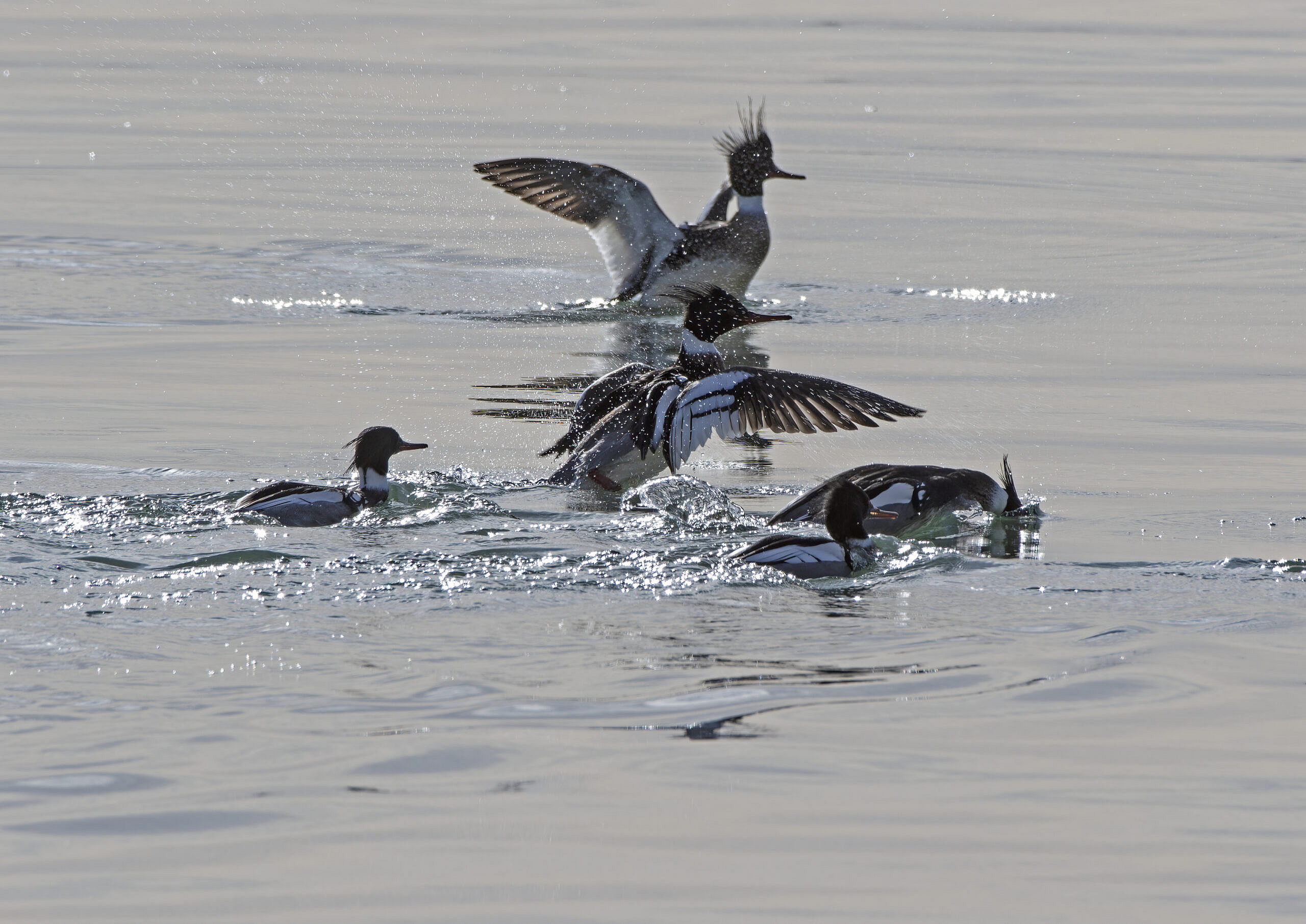
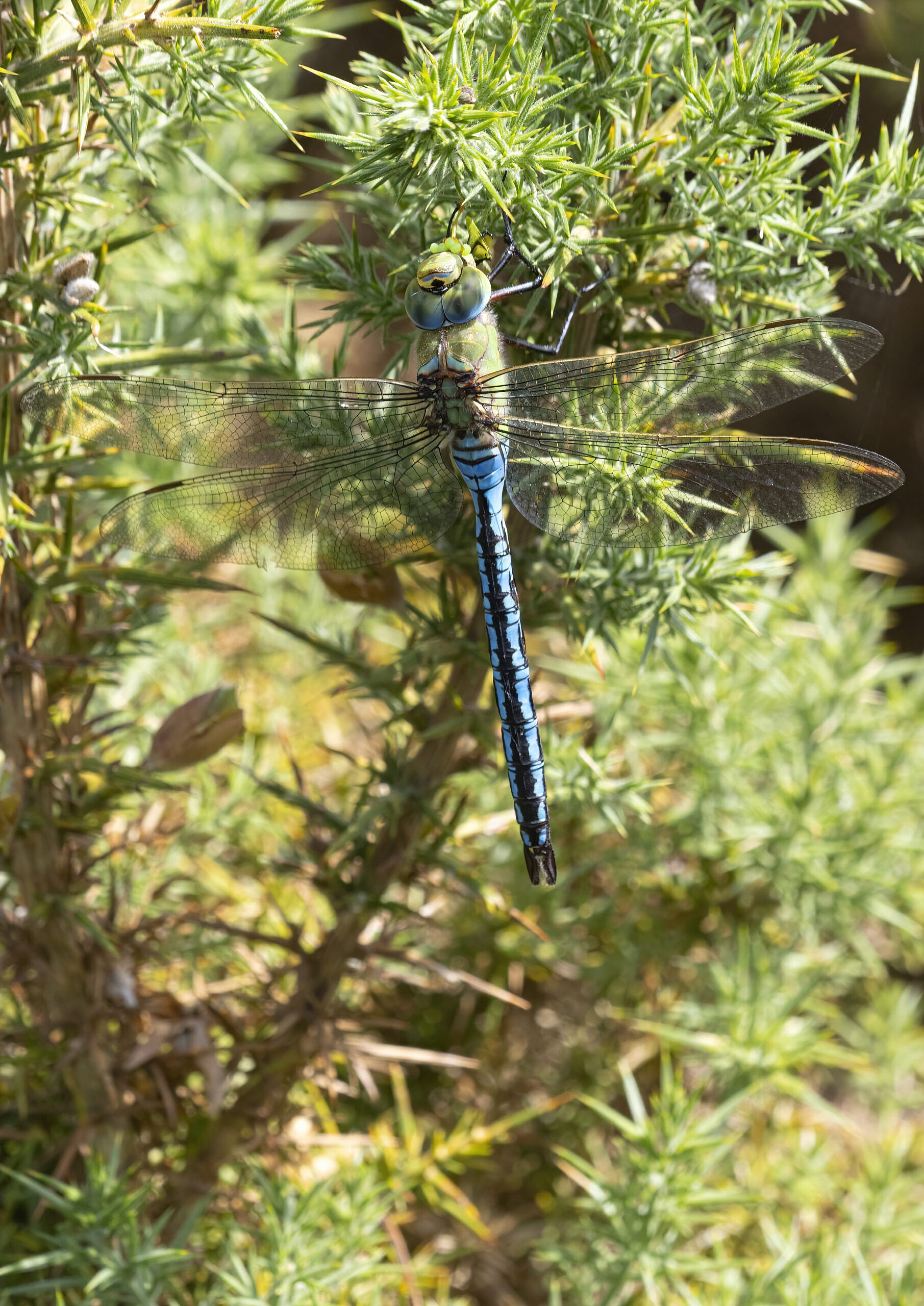
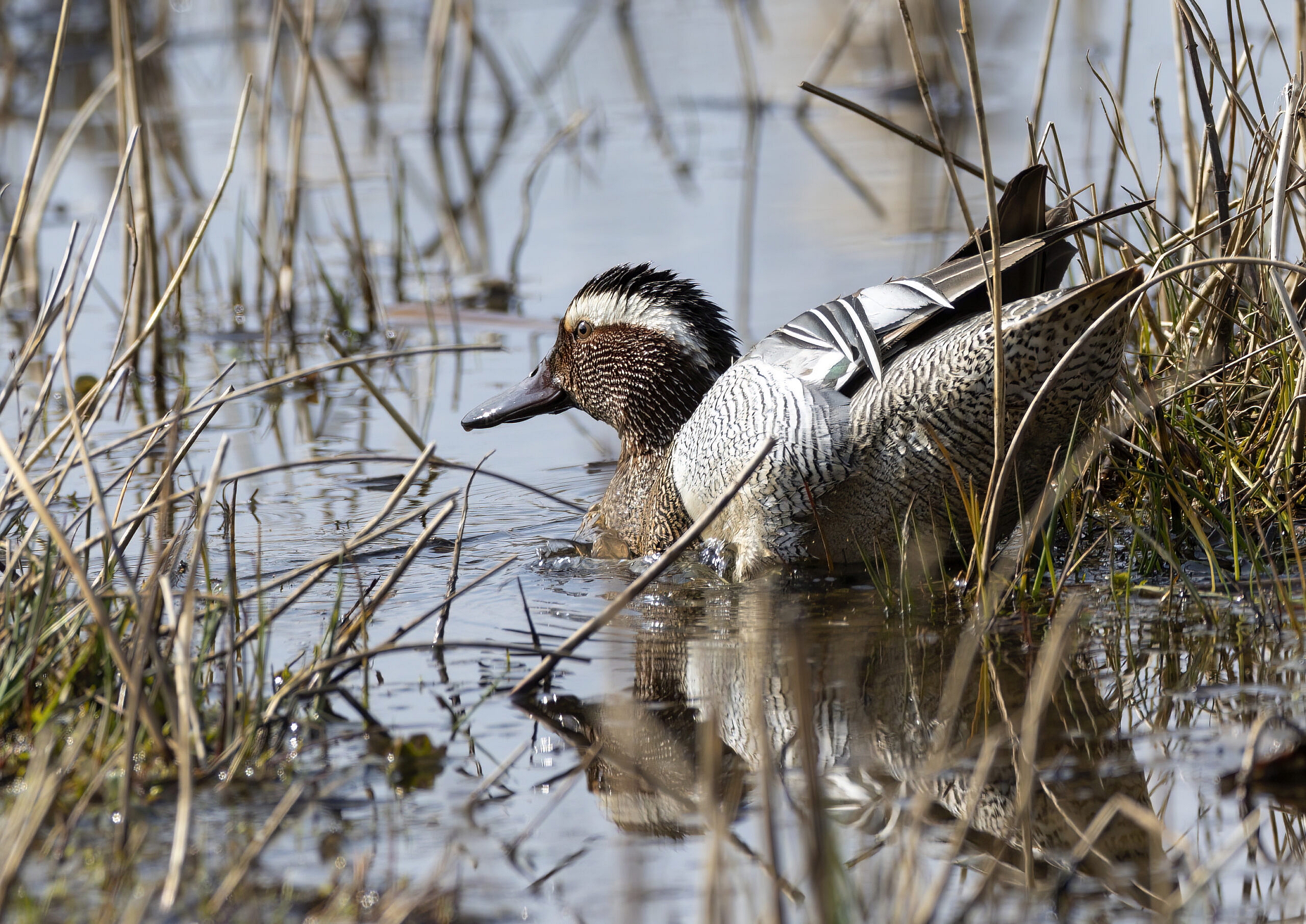

10 comments On In the land of dragons, a new contender
Hello, I came to this page from the following article:
https://www.theguardian.com/environment/2022/aug/18/weatherwatch-damselflies-return-uk-climate-warms
I know nothing about Damselflies but I took a close-up photo in North Surrey of what I’m sure is the same species of insect as the one the in article photo. The fact the article seemed to be saying that these are fairly rare in Britain and talked about East Kent breeding sites. If this is of interest, feel free to email me and I will happily share the photo and location.
Kind regards
Rich
Hi Rich
Thanks for getting in touch.
It’s certainly not impossible that you’ve got a rarity , but don’t get your hopes up – many damselflies are so similar that it can take an expert (and in one case, a microscope) to tell them apart. And to make it even more annoying, many change colours as they mature.
But having said that, people do find new ones all the time because they often get blown in from the continent. Don’t tell me or anyone else the location – we keep those quiet in case it really is a rarity, when the British Dragonfly Society should be informed – I can put you in touch with them. That’s to stop rare species being lost by hordes of over-enthusiastic watchers!
But please do send me the photos, and I’ll see if I can ID them. Alternatively, there is a Facebook group for damselfly and dragonfly enthusiasts who can help as well.
Have sent you this reply by email as well
Many thanks
Well done Steve, I also completed the UK list this year in memory of my wife RIP and have photographed them all except the Lesser Emperor, I give myself the excuse that it is a vagrant species, I have seen it but not managed a photo yet.
Hi Kevin,
I’m so sorry to hear about the loss of your wife. I understand your difficulty with the lesser emperor – the blasted things never sits still! It took hours of patient watching before it settle for just a few seconds. But if hunting dragonflies was easy, then there would none of the satisfaction you so rightly feel in having done it – congratulations
Where are the darters on the composite images?
I blame covid “brain fog”! I managed to leave all of them off, but they are now added. Thanks for giving me the nudge.
Well done Steve, both on completing your quest and so eloquently writing about it. Just looked at some of your other blog posts and they are most interesting. Keep up the good work.
Many thanks, Barry – that’s much appreciated
Hahaha, very funny. Glad you’re feeling better and hope your wife is too! We’ll done for photographing all those species and the plus 1. What a great achievement! What next then?
Well, I’m still hunting for one of the British native snakes, and one of the owls. I still need most of the newts, and all of the bats. And I’m only six species away from the my goal of 1/3rd of the British list of birds. I’ve got several frog and toad species to go as well. Oh – and most of the orchids, about 3/4 of the ladybirds, most of the crickets and grasshoppers… That’s the joy of biodiversity. There’s always something new to see.
Comments are closed.